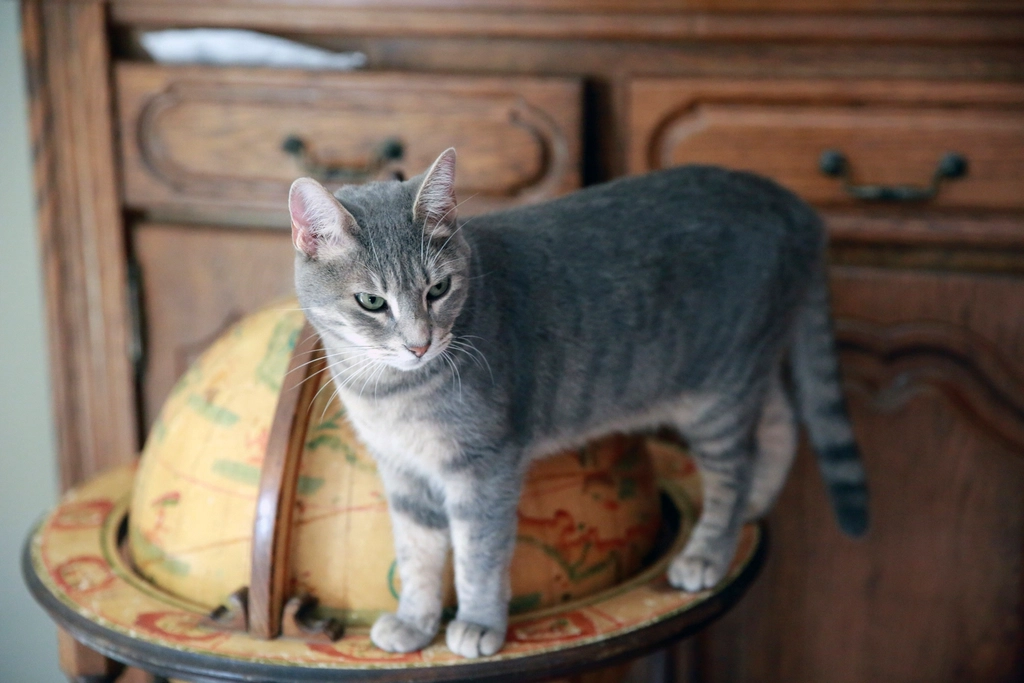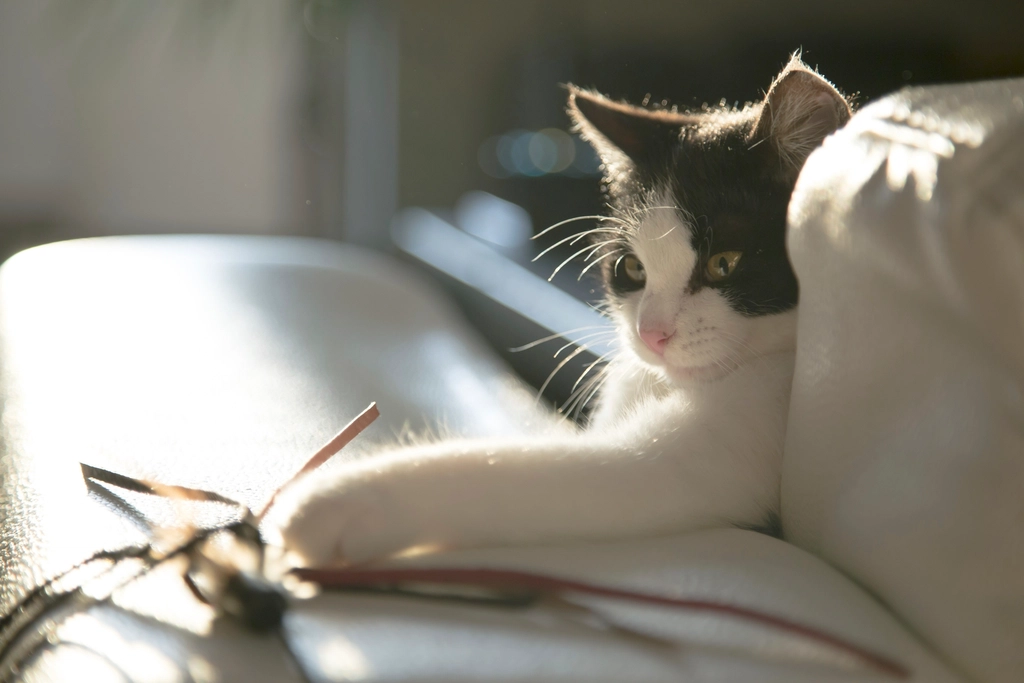A cat’s journey from fear to trust is often full of tiny, heartwarming victories—and heart-wrenching setbacks. If you’ve ever watched a trembling feline slowly peek out from under the sofa or heard that first tentative purr, you know just how powerful patience and love can be. Helping a cat learn to feel safe isn’t just about providing food and shelter; it’s about building a bridge of trust, brick by tiny brick. This process can be emotional, surprising, and even a little magical. For every cat lover, understanding how to nurture a frightened kitty into a confident companion is one of the most rewarding experiences. Let’s discover together how you can help a cat feel truly safe.
Understanding Why Cats Feel Unsafe

Cats can feel unsafe for many reasons, and it’s not always obvious why. Some cats have experienced trauma or neglect, while others may simply be naturally shy or sensitive to changes in their environment. Even a loud noise or a new piece of furniture can make a cat uneasy. For newly adopted cats, the transition from shelter to home can be overwhelming, and their instinct is often to hide or avoid contact. Recognizing these triggers is essential because it helps you respond with empathy instead of frustration. Remember, fear is a survival mechanism for cats—they’re not being difficult on purpose. By understanding the root of their unease, you’re already taking the first step toward helping them. Every cat deserves the chance to feel protected and cherished, no matter their past.
Creating a Safe Space at Home

Setting up a safe space is one of the best gifts you can give a nervous cat. Choose a quiet room, away from heavy foot traffic and loud sounds, and fill it with soft bedding, toys, and a litter box. If possible, place the bed in a corner or under a table so your cat has a sense of shelter. Providing vertical spaces, like shelves or cat trees, allows your cat to observe their new world from a safe distance. It’s important to let your cat come and go from this safe space on their own terms—never force them out. The room should feel like a sanctuary, free from sudden changes and interruptions. Over time, your cat will begin to associate this space with comfort and safety, making it easier for them to explore the rest of the house.
Using Gentle and Predictable Routines

Cats thrive on routine, especially when they’re feeling uncertain. Keeping mealtimes, playtimes, and cleaning schedules consistent helps your cat know what to expect, which reduces anxiety. Try using the same tone of voice and gentle movements when interacting with your cat. Predictability is soothing—imagine how you’d feel if your world was turned upside down and nothing made sense anymore. By establishing daily rituals, you send a clear message: “You are safe, and nothing bad will happen here.” Even little things, like feeding your cat at the same spot each day or using a specific word before treats, can help build trust. In time, your cat will start to anticipate these routines, and their comfort level will grow.
Letting Your Cat Set the Pace

One of the hardest—and most important—parts of supporting a fearful cat is letting them move at their own speed. It’s natural to want to scoop up a frightened kitty and shower them with affection, but this can actually make things worse. Instead, sit quietly nearby and let your cat approach you when they’re ready. Sometimes, this may mean sitting on the floor and reading a book, barely glancing their way. Celebrate every small step, whether it’s a blink in your direction or a cautious sniff of your hand. By respecting their boundaries, you show your cat that you can be trusted. Remember, progress may be slow, but every moment of bravery is a huge leap for your feline friend.
Building Trust Through Play

Play is a wonderful way to strengthen the bond with a cat who’s still learning to feel safe. Use interactive toys like feather wands or string toys to engage your cat from a comfortable distance. This allows them to have fun and express their natural hunting instincts without feeling cornered or threatened. Playtime also helps relieve stress and burns off nervous energy. Keep sessions short and positive, always watching for signs that your cat needs a break. Over time, your cat will begin to associate your presence with good things—like exciting toys and laughter. The joy of seeing a once-fearful cat pounce with confidence is truly unforgettable.
Speaking Your Cat’s Language

Cats communicate in subtle ways, from the twitch of a tail to the slow blink of an eye. Learning to read these signals helps you respond appropriately and avoid scaring your cat. Slow blinking at your cat, for example, is like saying “I trust you” in their language. Approach your cat from the side, not head-on, and keep your body relaxed. Use a soft, soothing voice when talking to them, and avoid direct eye contact if they seem nervous. Over time, your cat will start to mirror your calmness and may even initiate gentle interactions. Understanding feline body language isn’t just helpful—it’s a powerful way to deepen your connection.
Encouraging Positive Experiences

Positive reinforcement is key in helping a cat feel safe. Offer treats, gentle words, and affection whenever your cat shows even the smallest sign of bravery. If your cat comes out of hiding, toss a treat nearby or praise them softly. Never punish or scold a frightened cat, as this only reinforces their fear. Instead, focus on rewarding behaviors you’d like to see more of. Some cats may respond well to clicker training or gentle petting sessions, while others prefer a quiet word of encouragement. Every cat is different, so pay attention to what makes yours feel happiest. These positive experiences slowly replace fear with trust, transforming your relationship.
Seeking Help When Needed

Sometimes, despite your best efforts, a cat continues to struggle with anxiety or fear. In these cases, reaching out to a veterinarian or a feline behaviorist can make all the difference. Medical issues, such as pain or illness, can contribute to a cat’s reluctance to relax. An expert can help identify underlying problems and suggest strategies tailored to your cat’s specific needs. Don’t be discouraged if progress is slow—some journeys just take a little longer. What matters most is that you’re willing to get help and keep trying. Your commitment to your cat’s well-being speaks volumes, and in time, they’ll start to feel the security they deserve.

Growing up traveling and experiencing new cultures and wonders, I have had a passion for nature, adventuring, photography, and videography. I am currently working towards a BSc in Biodiversity and Ecology at Stellenbosch University, and I hope to specialise in Marine Sciences one day.
Please send any feedback to Feedback@animalsaroundtheglobe.com





